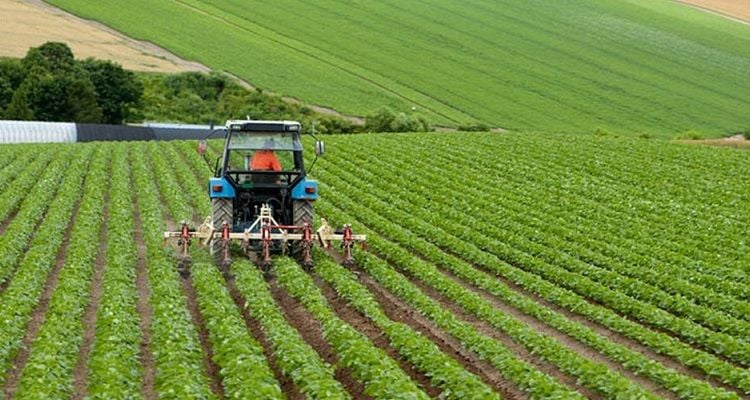The Importance of Magnesium in Plants

Magnesium (Mg)
Plants take up magnesium in the form of Mg +2 ion. Magnesium is the central atom of chlorophyll and is vital in photosynthesis. Therefore, in magnesium deficiency, the amount of chlorophyll decreases and photosynthesis declines. As a result, plant growth declines and crop loss occurs.
Magnesium is mobile in plants. Therefore, it accumulates most in the growth tips of plants and especially in young leaves. It is transported to the seed from these regions during seed formation. Magnesium deficiency first manifests itself in older leaves. Although it is different in each plant, in general magnesium deficiencies; In older leaves, the color lightens, the main and secondary veins on the leaf turn green, the thinner veins turn yellow, and local wavy round yellowing appears between the veins.
The Function of Magnesium in Plants- It is the central atom of chlorophyll and is very important for photosynthesis.
- It plays a very important role in the transport and placement of phosphorus.
- It plays a role in the transformation of amino acids into polypeptides.
- It is an enzyme activator and helps the function of many enzymes.
- The first symptoms are observed on older leaves.
- The main and secondary veins are green, and the interveins are yellow. Rarely, brown necrosis (drying) is observed. Leaves may fall prematurely.
- The fruit stalk weakens and fruit shedding increases.
- There are serious decreases in efficiency.
- Excessive potassium and calcium fertilization or high lime content.
- Sandy soils that receive a lot of rainfall.
- Deficiency increases due to the increase in magnesium need towards the end of the development period.
- Soil compaction, poor drainage, drought and cold soil.
- pH drops below 5.
